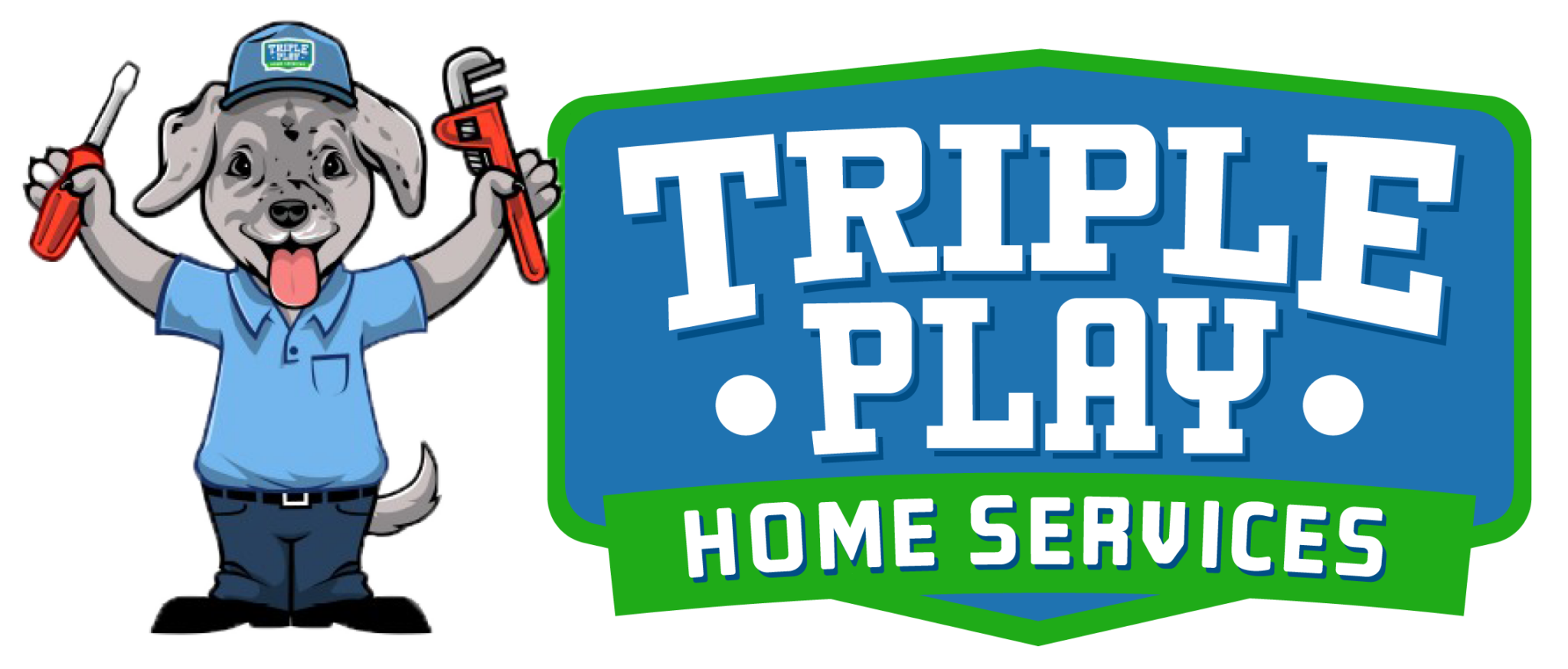Dealing with a clogged commode can be a frustrating experience for any homeowner. The immediate instinct is to grab a plunger and try to fix the issue quickly. However, the steps you take in the process can either solve the problem effectively or make it worse. A clogged commode requires careful attention and the right approach to avoid further damage or health risks.
Understanding common mistakes and how to avoid them can help ensure that your efforts to unclog a commode are effective and safe. By taking the right steps, you can resolve the problem efficiently and maintain the integrity of your plumbing system.
Using Too Much Force with a Plunger
One of the most common mistakes when dealing with a clogged commode is using too much force with a plunger. It’s easy to understand the frustration that comes with a persistent clog, but applying excessive pressure can do more harm than good. The forceful use of a plunger can damage the inner workings of the commode, such as the seals and pipes. This can lead to leaks or even a complete plumbing failure.
When using a plunger, it’s essential to choose the right type. A flange plunger, specifically designed for toilets, provides a better seal and more effective unclogging. Start by placing the plunger over the drain and push down gently to create a seal. Then, use slow and steady movements to avoid splashing and potential damage. The key is to allow the pressure to build gradually. Patience is crucial during this process.
If you find that gentle plunging isn’t resolving the issue, it could be a sign that the clog is more severe. In such cases, forcing it further may only exacerbate the problem. It’s important to stop and assess the situation before causing further damage. This is where professional help may be necessary.
Ignoring Safety Precautions
Ignoring safety precautions is another major mistake when dealing with a clogged commode. Handling a clog without proper safety measures can expose you to bacteria and harmful substances. Always wear rubber gloves to protect your hands from contamination. It’s also advisable to use protective eyewear to prevent splashes from reaching your eyes.
Before attempting to unclog the toilet, make sure the surrounding area is cleared of any items that can be affected by water spills. Towels or rags can help contain any overflow and minimize cleanup. It’s also wise to ventilate the area by opening windows or using an exhaust fan to reduce unpleasant odors and airborne bacteria.
Another important safety measure is to avoid using chemical drain cleaners. While these products promise quick results, they contain harsh chemicals that can cause skin burns and respiratory issues. They can also corrode the toilet’s pipes over time, leading to bigger plumbing problems.
Taking these safety precautions ensures a cleaner and safer process. It minimizes the risk of contamination and protects both you and your plumbing. If at any point the situation seems too hazardous, it’s better to call our professionals who are equipped to handle such tasks safely and efficiently.
Using Incorrect Tools
Using incorrect tools is another frequent mistake people make when attempting to unclog a commode. Not all tools are designed to handle the specific requirements of toilet clogs, and using the wrong ones can lead to ineffective results or even damage. For example, using a standard sink plunger instead of a flange plunger can result in a poor seal and inadequate suction.
A plumbing snake, also known as an auger, is another tool often misused. A drain snake designed for sinks is usually too small to handle toilet clogs effectively. Instead, a toilet auger should be used, as it is specifically designed for navigating the bends and curves of a toilet’s plumbing system. Inserting the wrong type of snake can scratch the porcelain or get stuck, complicating the problem further.
Additionally, makeshift tools can do more harm than good. Items like coat hangers or rods should never be used for unclogging a toilet. These can cause scratches inside the bowl and potentially create more substantial blockages deeper within the plumbing system. Using the right tools ensures that the problem is addressed effectively and safely.
Failing to Call a Professional in Time
One of the most significant mistakes is failing to call a professional in time. While some clogs can be managed with the right tools and techniques, others require a more experienced hand. Ignoring this can lead to more severe plumbing issues, such as water damage, pipe bursts, or persistent clogs that keep reoccurring.
When attempts to unclog a commode are unsuccessful after a reasonable amount of effort, it’s crucial to recognize the need for professional help. Continuing to tackle the problem on your own may cause frustration and potentially worsen the situation. Recognizing the limits of DIY fixes can save time, money, and additional headaches.
A clogged commode can sometimes be a sign of a more complex issue within the plumbing system. Our professionals have the expertise to diagnose and address the root cause, ensuring a long-term solution. Timely intervention by our technicians can prevent minor issues from escalating into major repair needs.
Conclusion
Clogged commodes are an inconvenience, but avoiding common mistakes can make the process less stressful and more effective. Using too much force with a plunger can damage your plumbing, while ignoring safety precautions can expose you to harmful bacteria. Choosing the right tools, recognizing the limits of DIY repairs, and calling in our professionals are crucial for successful unclogging.
If you’re dealing with a persistent clogged commode in Edmond, OK, don’t hesitate to contact Triple Play Home Services. Our experts are ready to provide the assistance you need to keep your plumbing in optimal condition!


